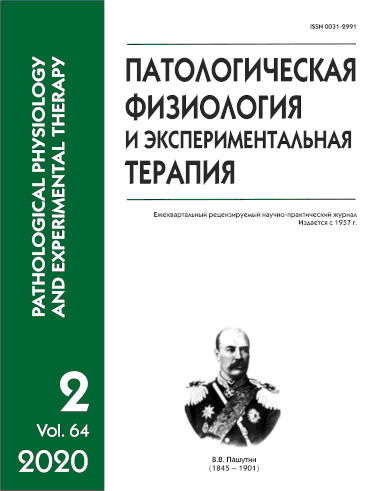Endothelium-protective properties of ATACL and catechin hydrate in exhaustive exercise of rat
Abstract
Aim. To study possible endothelium-protective properties of catechin hydrate and ATACL in comparison with a well-known drug Sulodexide in exhaustive physical exercise of rats. Methods. Exhaustive exercise was produced by forced swimming of rats with a load until exhaustion and struggle for life. Experiments were performed on 50 Wistar male rats (200-220 g) divided into 5 groups (n=10 in each group). The endothelial vasodilatory function of cerebral blood vessels was evaluated with the Doppler method using Minimax Doppler equipment and software (Minimax, St. Petersburg, Russia). Results. Exhaustive exercise induced a significant impairment of vasodilatory and antithrombotic endothelial functions, which was evident as decreased response of cerebral blood vessels to acetylcholine (ACH) and L-NAME, development of the L-arginine paradox, and increases in both platelet aggregation degree and rate. ATACL (4-hydroxy-3,5-di-tert-butyl cinnamic acid) and catechin hydrate provided correction of the endothelial dysfunction, which was evident from increased blood flow velocity in response to intravenous administration of ACH by 26.1% in the ATACL group (p<0.05) and by 24.5% in the catechin hydrate group (p<0.05) compared to the baseline blood flow velocity. ATACL exerted a pronounced effect on the endothelial antithrombotic function evident as decreases in aggregation degree by 99.3% (p<0.05) and aggregation rate by 136.6% (p<0.05) compared to the group of negative control. Conclusion. ATACL is of interest for further studies as an actoprotector with endothelium-protective activity.






